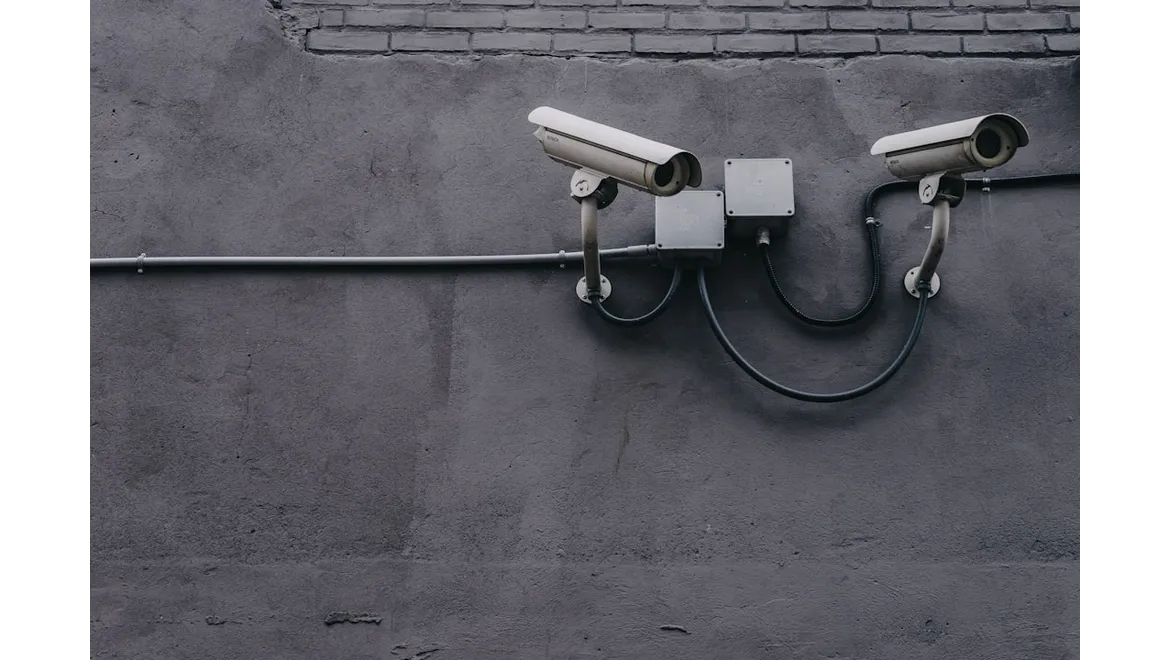Right, so I was chatting with Riley the other day – he’s got this amazing orangery, proper showstopper. We were geeking out over articles about building orangeries and outbuildings, you know, the usual stuff – materials, making them blend with the house, heating… But then we got onto security, and that’s where things got really interesting. I thought I’d share some of our discussion with you, because honestly, it’s something you really need to consider.
He started by saying, “It’s not just about the aesthetics, is it? People forget how vulnerable these structures can be.” And he’s absolutely right. These aren’t just pretty additions; they’re potential targets. And I found out that damp can weaken the structure and make it more vulnerable. It’s all about a symbiotic relationship between damp proofing and security – they protect each other!
So, where do you start? Well, thinking about security from the beginning is crucial. Don’t just slap an alarm on afterwards and hope for the best. Think about the design and materials you’re using. Here are some things to consider:
-
Reinforced Glass: Obvious, perhaps, but vital. Standard glass is no match for a determined thief. Riley mentioned he’d gone for laminated glass in his orangery, which is basically multiple layers of glass bonded together with a plastic interlayer. It’s tough to break through, even with a hammer. You could also consider toughened glass, but laminated offers better security against forced entry. You can find it at most good glaziers. It may be a slightly more expensive option than standard glass, but when you think of the potential cost of theft or damage, it is very cost effective.
-
Secure Locking Mechanisms: Think beyond basic bolts. Multi-point locking systems are the way to go, especially for doors. These lock at multiple points along the frame, making them much harder to force open. Check the locking mechanisms have passed British Standard (BS) testing. The locks should be kite-marked to show that they have been tested properly. It’s also worth investing in high-quality hinges that can withstand significant force. Riley has mentioned that he had added strengthened hinges as an additional security measure, as he had heard of criminals attempting to force entry via the door hinges.
-
Alarm Systems: A properly installed alarm system is a must. But don’t just get any old alarm. Think about your specific needs. Do you want a monitored system that alerts a security company? Or a simple audible alarm that deters intruders? Movement sensors, door/window sensors, and even vibration sensors can all be incorporated. Riley swears by his system, which even sends him notifications to his phone if anything is triggered. He got an expert company in to install it. That’s important! You need to use a trusted company.
-
Lighting: Good lighting is a surprisingly effective deterrent. Motion-sensor lights around the perimeter of your outbuilding can startle potential intruders and make them think twice. Riley has added low level lighting too, which also makes it safer to walk around in the dark. He has a combination of both types.
-
CCTV: A visible CCTV system is another great deterrent. Make sure the cameras are positioned to cover all potential entry points and are clearly visible. Many systems now offer remote viewing, so you can check in on your property from anywhere in the world. It can also be a crucial method of proving your case to the Police, if there is a crime and you can provide some footage to help them.
-
Damp-Proofing as Security: Now, here’s where the damp-proofing comes in. Damp can weaken the structure of your outbuilding, making it easier for intruders to break in. For example, damp can rot wooden frames around windows and doors, making them easier to force open. Regular damp-proofing maintenance, such as checking for leaks, ensuring proper ventilation, and applying waterproof coatings, can help to keep your outbuilding strong and secure. Ensure that the pointing between brickwork is maintained and that the roof is watertight. You could also consider making sure that your gutters and drainpipes are free from blockage.
Riley mentioned a really interesting point. He said his insurance company offered a discount because he’d invested in specific security measures and had a regular damp survey conducted. It’s definitely worth checking with your insurance provider, as they may have specific requirements for outbuilding security.
So, what’s the takeaway? Well, securing your orangery or outbuilding is about more than just slapping on a lock. It’s about thinking holistically about the design, materials, security measures, and, crucially, damp-proofing. By combining these elements, you can create a secure and long-lasting space you can enjoy for years to come. It’s about integrated planning – considering the security measures alongside the design and damp-proofing from the start. That way you are much more likely to consider all the potential problems and be able to address them. A good plan can give you peace of mind. And having a secure building also makes you feel better and more confident.


